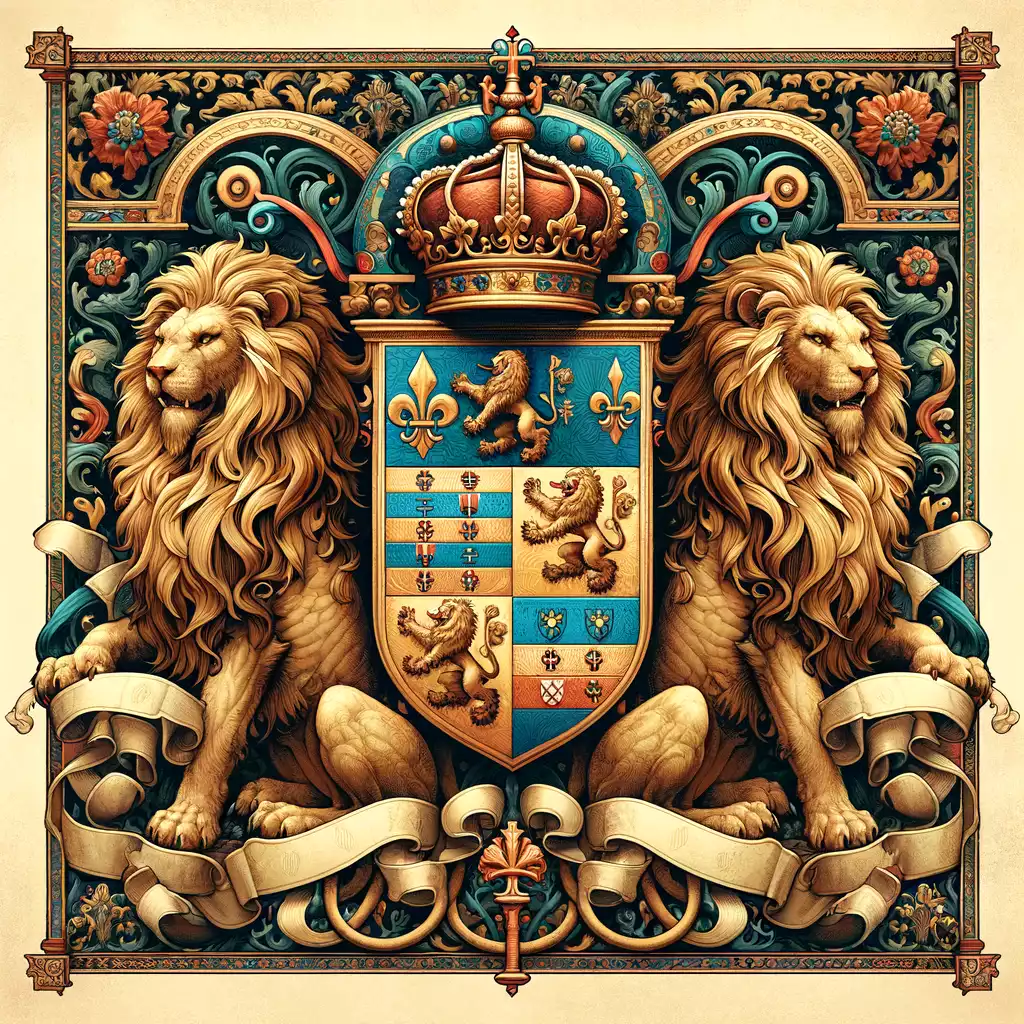Wild Royalty Begins

Royal Traits: Behaviour
From their intricate social dynamics to their impressive hunts, we will dive into the lives of these majestic felines, uncovering their secrets, curiosities, and the vital role they play in the ecosystems they inhabit.
In History and Culture

Footprints of the Past:
Tracing the Records

Kings in Transition:
The Fascinating Evolution of Lions

Ancient Majesty:
The Perception of Lions in Antiquity

Lions in Heraldry:
Symbols of Power and Nobility Throughout History
Carry a Piece of Royal Heritage
🌟 Iconic Lion Design: This beautiful pendant showcases the majestic lion, a symbol of strength and nobility, inspired by the heraldry of York and Liverpool.
👑 A Unique Symbol of Heritage: Perfect for history lovers or anyone fascinated by heraldic symbols, this pendant embodies the legacy of the lion in British heraldry.
🎁 Perfect Gift: Ideal for collectors, history buffs, or anyone who appreciates meaningful, unique jewelry.
Buy now and wear a piece of history with this stunning lion heraldic pendant!
Lion Legends: Epic Tales of Wild Lion Life
From ancestral stories passed down through generations to contemporary tales that transport us to exotic places, in this section, you’ll find a unique collection of narratives celebrating the grandeur and fascination lions evoke in the human imagination. Get ready to be enveloped by the magic of “Lion Legends,” where each story is a journey through the jungle and time, guided by the mighty roar of these magnificent felines.
Artificial Intelligence
Artificial Intelligence has arrived to stay in the jungle as well. Its ability to process data, anticipate events, and provide evidence-based solutions makes it an indispensable tool in lion protection. From real-time monitoring to interpreting animal language, AI is transforming the way we care for these magnificent predators. At 1A.App, we continue to explore the power of these technologies, convinced that the future of conservation will be intelligent, ethical, and deeply connected to wildlife.
AI is changing the way we protect lions and their environment. Today, we can better understand their movements, anticipate threats, and design more effective conservation strategies, all thanks to smart technologies that process thousands of data points in seconds. At 1A.App, we believe that combining science, technology, and a love for nature is the key to preserving these majestic creatures for future generations.
Breeds or Subspecies?
Lions are generally classified not by “breeds,” but rather by subspecies, which differ in terms of their geographical location, physical characteristics, and some unique behaviours. Moreover, lion conservation is crucial, as many subspecies are threatened by habitat loss, poaching, and conflicts with humans. Here are some of the most well-known subspecies:
African Lion
Asiatic Lion
Barbary or Atlas Lion
West African Lion
Kruger Lion
Live Your Own AI Experience
With our innovative tool, you can create a photo that captures the essence and grandeur of lions right next to you, without leaving your home. Are you ready to explore the power of technology and bring home an image that reflects your fascination with the kings of the jungle? Keep reading to find out how to make it possible!
Want more than just a photo?
Living the lion experience through video is also possible.
